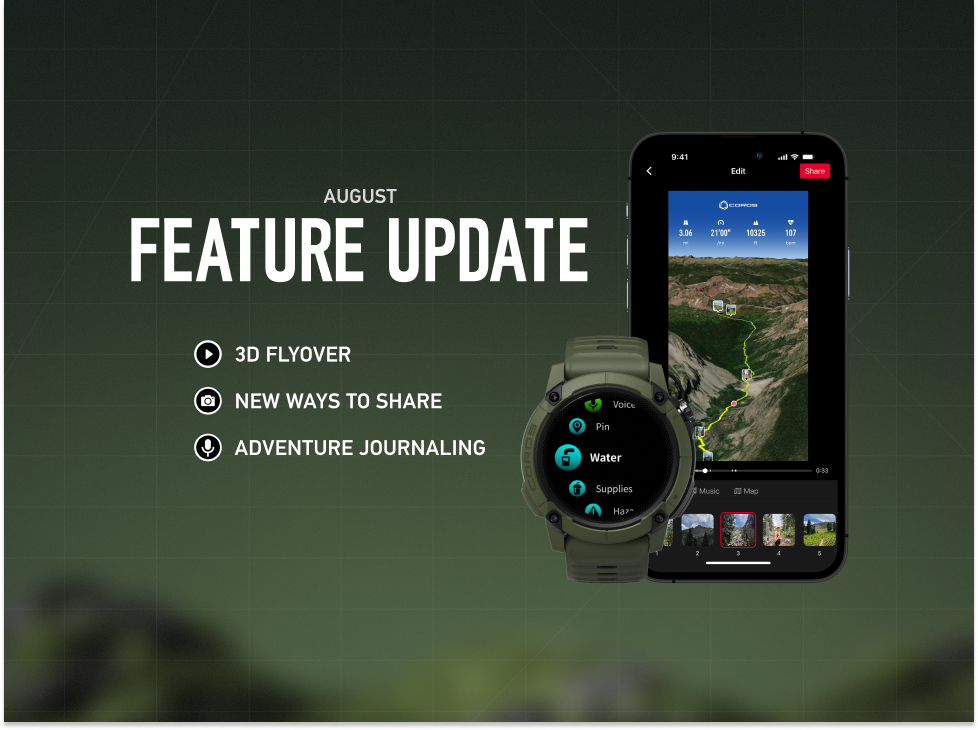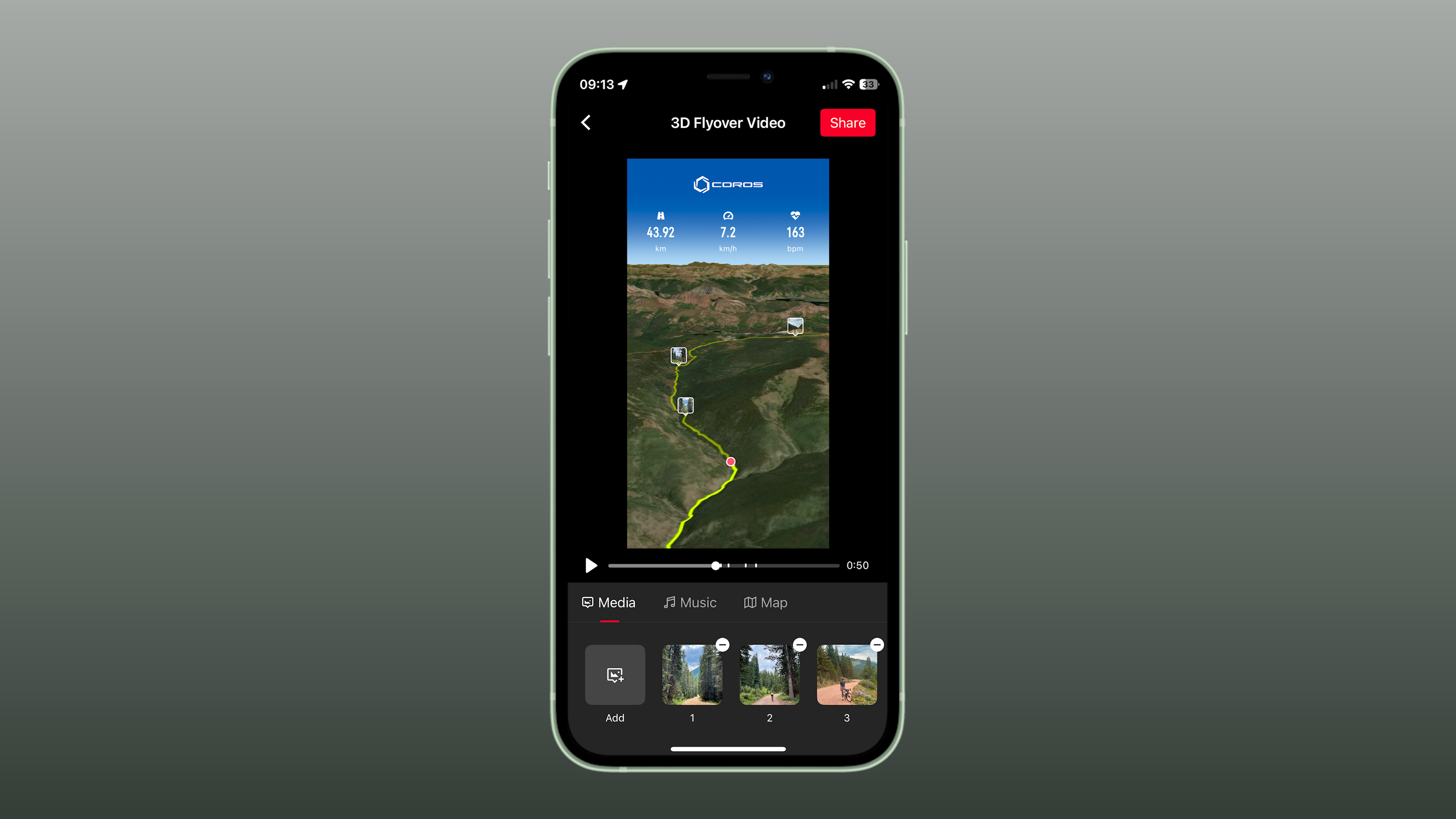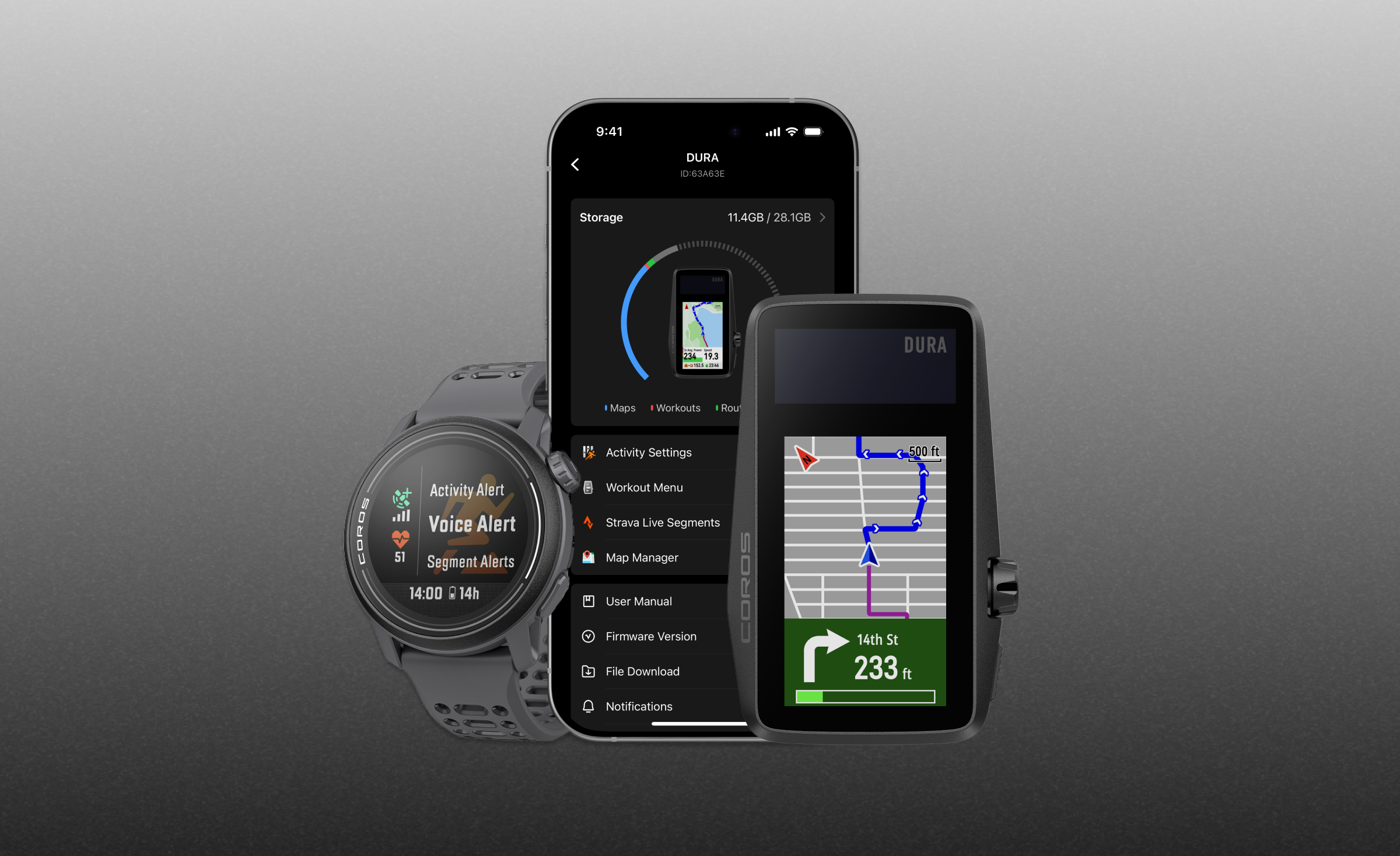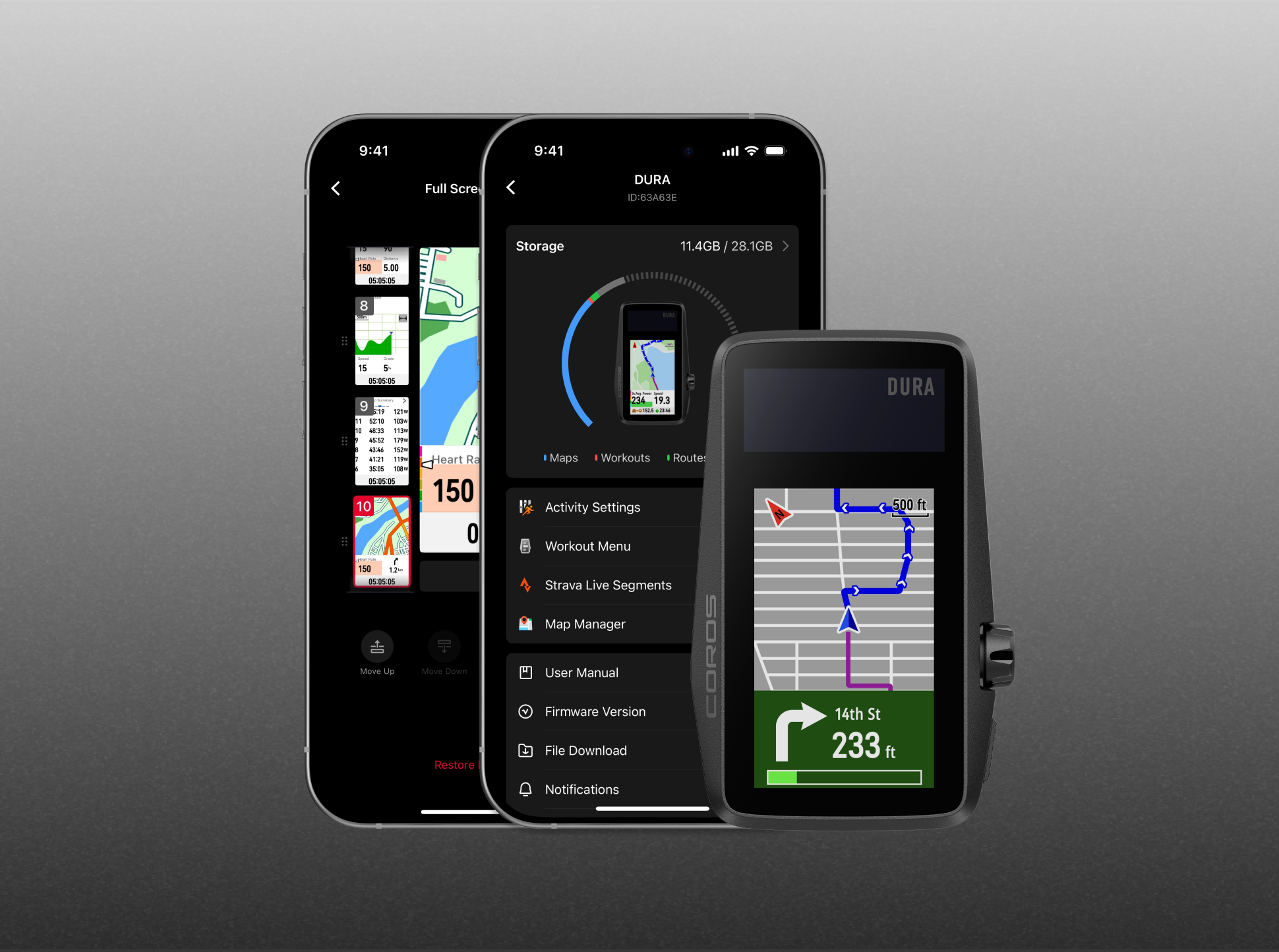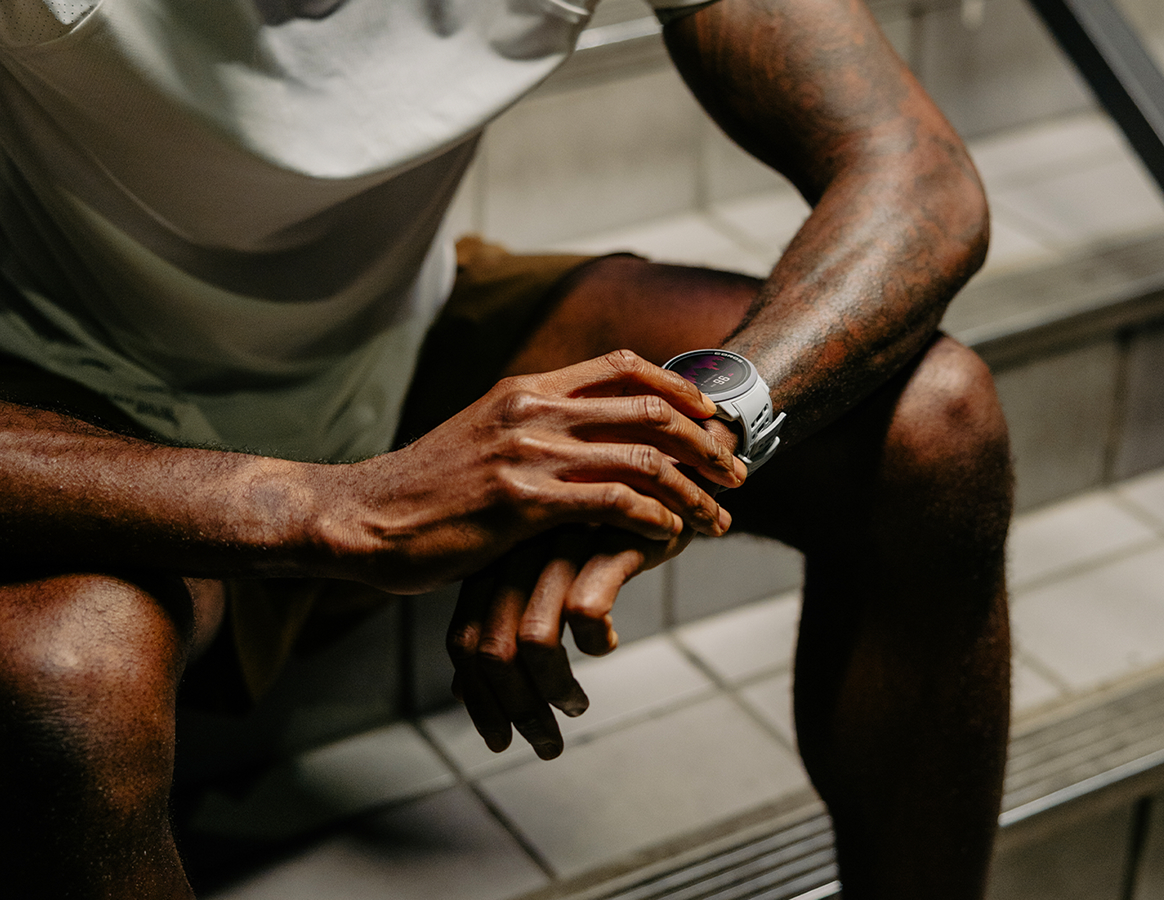As you wear a COROS watch, you’ll quickly notice that the more you train, the richer and more valuable the data becomes! COROS EvoLab works in the background, updating your fitness metrics as you train. With every run, it collects more data and refines its insights. Unfortunately, training isn’t always linear, and sometimes your metrics drift from where your fitness actually stands. The COROS Running Fitness Test helps reset that alignment. In a single structured session, it updates your EvoLab metrics to match your current performance—so your training stays accurate, targeted, and productive.
Whether you’ve just started using a COROS watch, are coming back from a break, or just feel like your threshold zones don’t match your workouts, this test delivers the clarity you need to train smarter.
What is the Running Fitness Test?
The Fitness Test is a structured workout designed to assess your running abilities and update key EvoLab metrics, such as Running Fitness, Intensity Zones, and Race Predictors. When you're ready to take the test, select "Fitness Tests" from the activity menu (the same menu where you would typically select "Run" or "Strength").
The test evaluates your running fitness by analyzing the heart rate-to-pace relationship across different intensities. It helps prevent under- or overtraining by aligning training data with your current fitness level. First, you'll be asked to input a recent 10K time. If you don't have a recent mark to use, input a conservative estimate of your ability. The test lasts approximately 40 minutes, and has multiple stages:
| Time | Steps | Description |
|---|---|---|
| 5min | Warm Up | Open. |
| 25min | Marathon Pace | This intensity reaches the sweet spot to determine the best relationship between pace and HR. EvoLab will use your steady state throughout this stage to determine your threshold. |
| 3min | ~10km Pace | This stage begins a shortened incremental test to increase your HR linearly. |
| 3min | ~5km Pace | This stage follows the previous one with a slightly faster pace. We aim for your HR to reach >90% of your HR Reserve. |
| 3min | Slightly faster (optional) | If your HR is still <90% of your HR Reserve, you must complete this 4th and last incremental stage. |
| 5min | Cool Down | Open. |
It is important to note that this is a continuous test, meaning there are no breaks in between. By the end, you should feel as if you’ve just raced. If you are unable to finish the test during the 3-minute stages, you will not receive a maximum heart rate result. However, you will still receive results for Threshold Pace and Threshold Heart Rate as long as the 25-minute section is completed.
How to Interpret Your Results

Immediately following your test, you'll be given a new Threshold Pace, Threshold Heart Rate, and Maximum Heart Rate. Once synced with the app, EvoLab automatically applies these results to other relevant metrics.
You'll see updates in:
With updated Pace and Heart Rate Zones, any upcoming workouts on your calendar will automatically adjust to match your new fitness.
Note: When updating your zones, COROS does not change your data for previous activities. Your activity data will always show what your zones were on that day. That way, you can view your data for each session in the appropriate context.
Coach’s Tips
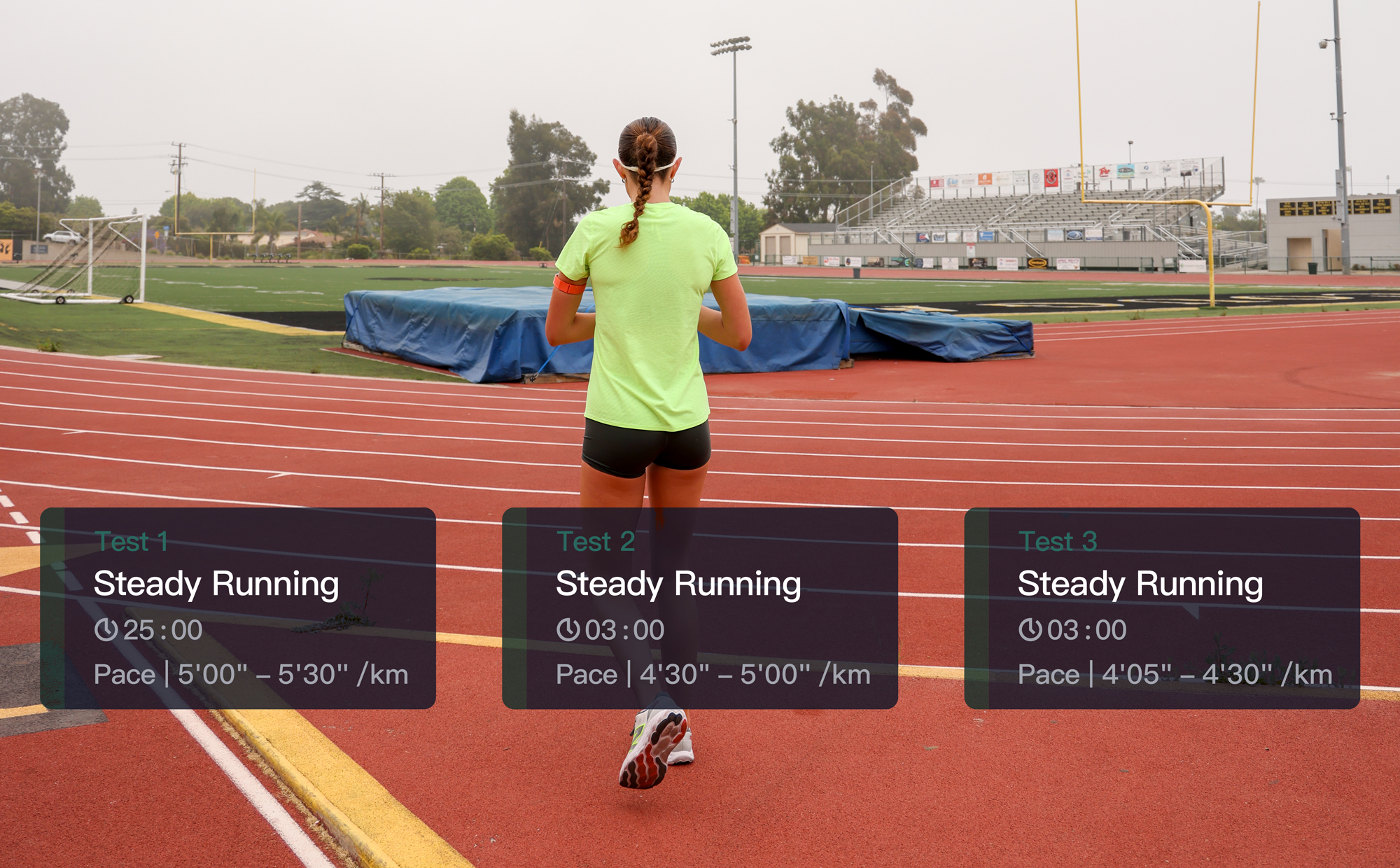
The 3 Main Stages of the Running Fitness Test
To maximize the accuracy and value of the COROS Running Fitness Test, preparation is key. Follow these tips to ensure you get the most out of this powerful tool.
- Choose the Right Terrain: Run on flat ground or a track to avoid pace and heart rate inconsistencies. Grass or dirt can slow you down and skew results, so stick to a smooth surface.
- Rest Up: Treat the test like race day. Skip heavy workouts the day before to ensure you’re well-rested and ready to perform at your best. The same goes for the day(s) after to ensure you can recover properly!
- Embrace the Challenge: The test pushes your limits to capture accurate metrics. It may feel tough, but completing it fully is worth the effort for the insights you’ll gain.
- Wear Your Watch Correctly: Ensure your COROS watch is snug for precise heart rate readings. The HRM armband is an even better option!
- Track Progress Over Time: Repeat the test every 12–16 weeks to monitor improvements and update your training zones.
- Have a Resting HR: Make sure to wear your watch to sleep to get a few resting HR measurements before the test. This will ensure more accurate calculations.
- Avoid Common Pitfalls: Don't stop during or between test stages, as this can invalidate results. If the effort is too difficult to maintain and you need to stop, the test will automatically end.
Case Study from a Professional Runner
As an elite runner (and my own coach) with limited resources, I rely on the Fitness Test to track my training progress. I’ve completed it twice: once when I was out of shape and again just before my track season began.
Round 1 - January 29, 2025
After an injury, I created a training roadmap, and this test helped me gauge my progress. The first test was grueling: 25 minutes at a 5:45 pace was just past my comfort zone, followed by 3 minutes at a 5:20 mile pace, and concluding with 3 minutes at a 4:30–4:50 mile pace to hit my max heart rate. I was hands-on-knees exhausted afterward. Before the injury, COROS pegged my threshold pace at 5:06. This test adjusted it to 5:22, a humbling but accurate reflection of my fitness. In today’s training landscape, smart, conservative volume is key, and I’m grateful COROS checked my ego with this test.
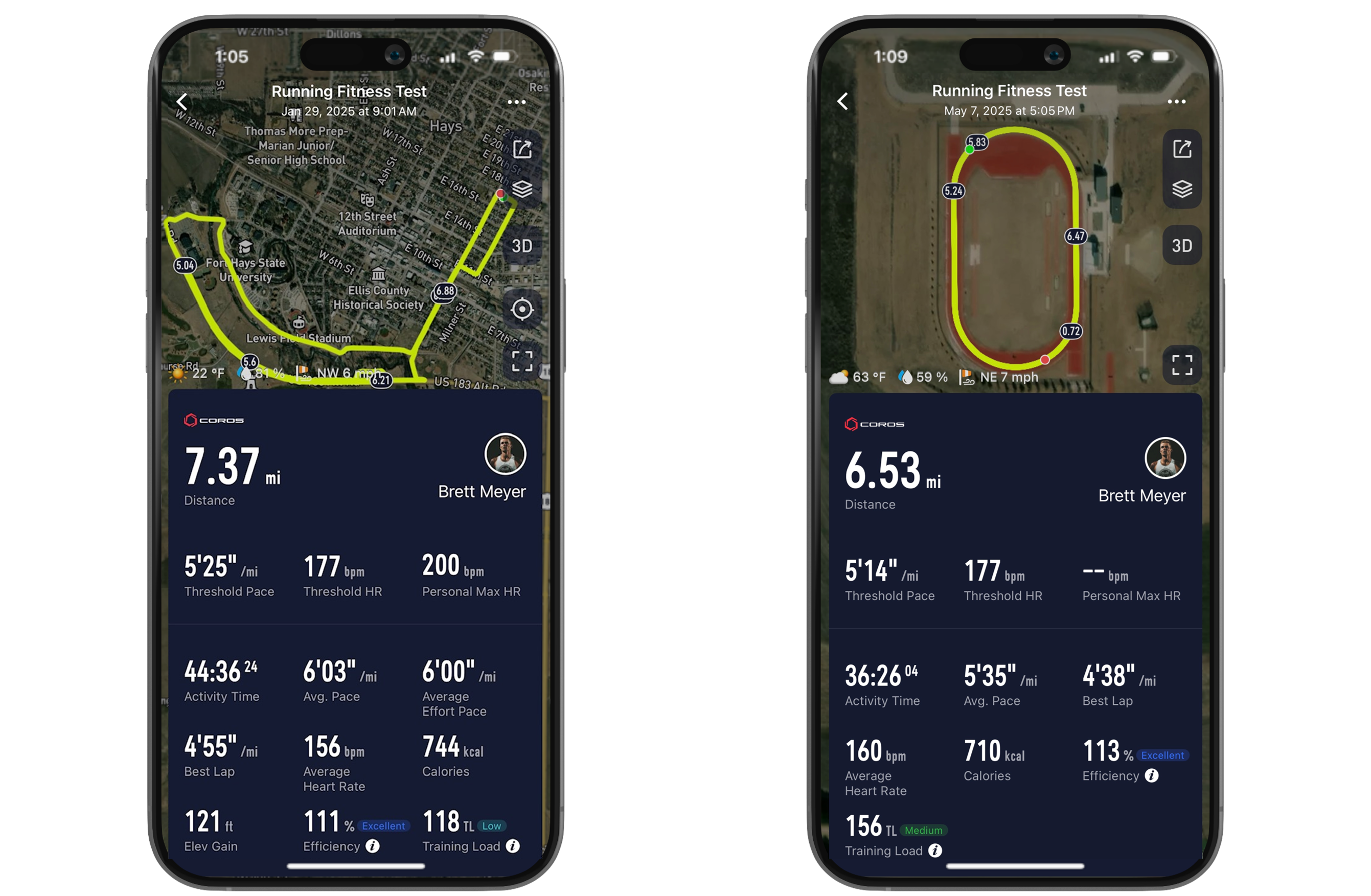
Round 2 - May 7, 2025
Four months later, I tackled the test again, this time in much better shape and on a track (easier, but so many laps!). I input a 10k time of 30–32 minutes, consistent with my first test. The initial 25 minutes, designed to determine threshold heart rate and pace, felt manageable at 5:30 pace. I breezed through the next 3 minutes at a 5:20 pace, but the following 3 minutes at a 4:45 pace were tough. Unlike the first test, where my watch stopped me after hitting a high enough heart rate, this time my heart rate wasn’t elevated enough, prompting an optional extra stage. Exhausted, I stopped as planned. The test updated my threshold pace to 5:14, which felt spot-on and reflected my improved fitness.
The Test that Makes a Difference
Whether you’re chasing a PR or just starting your running journey, the COROS Running Fitness Test is your roadmap to smarter training. As a pro, I’ve seen it transform my approach twice—first as a reality check, then as a confidence boost. Take the test, discover your zones, and use that data to elevate your training.
/fit-in/0x18/coros-v2/images/common/logo_black.png)
